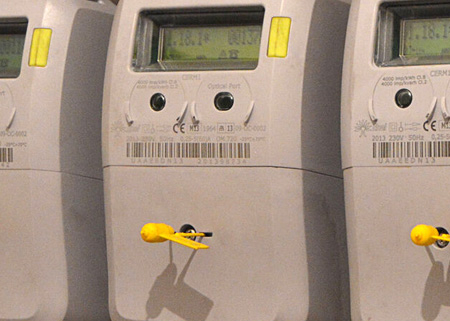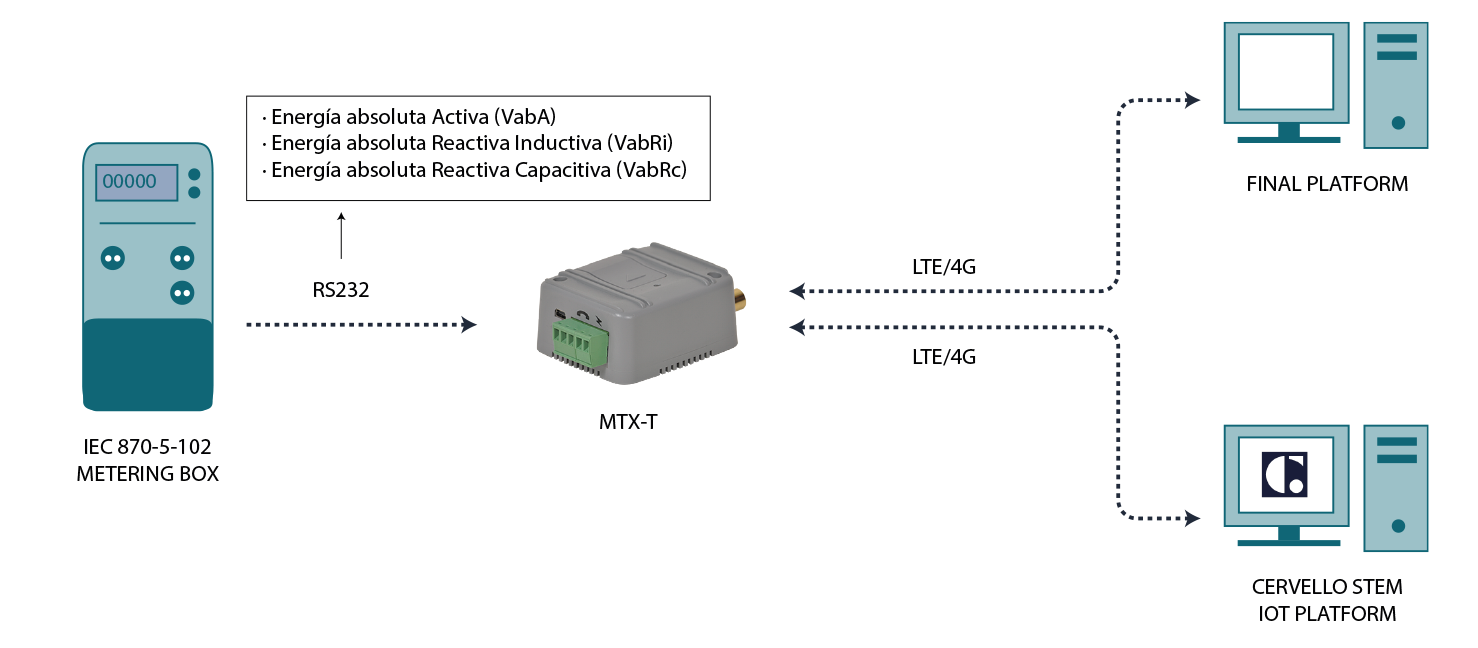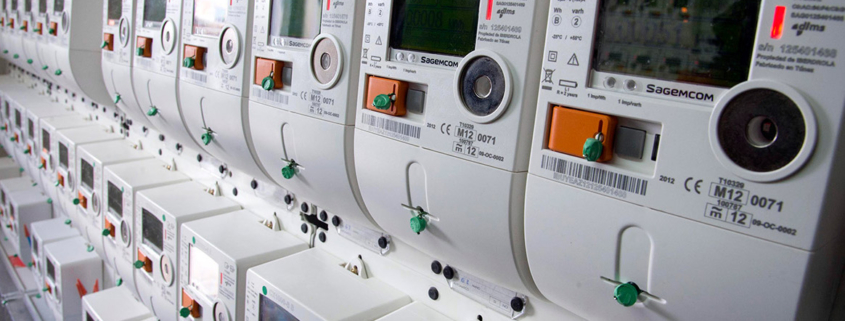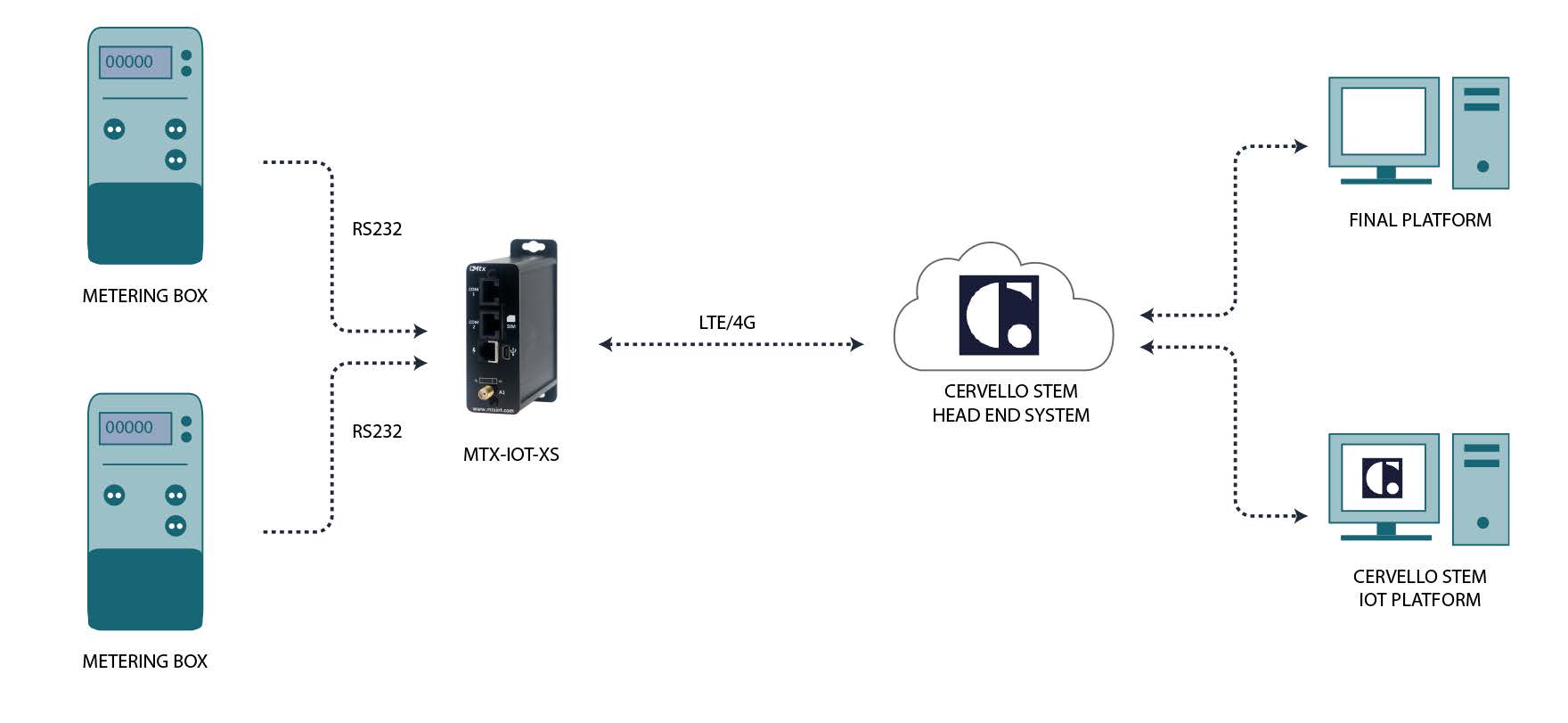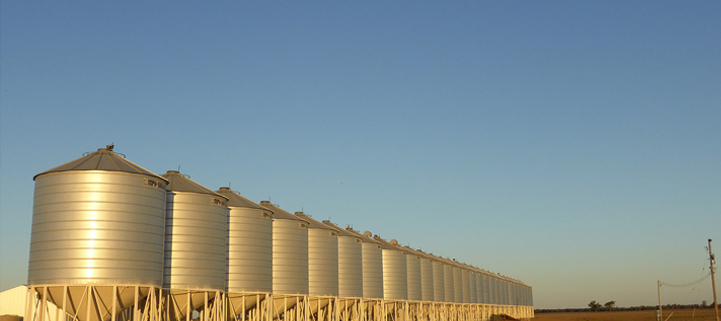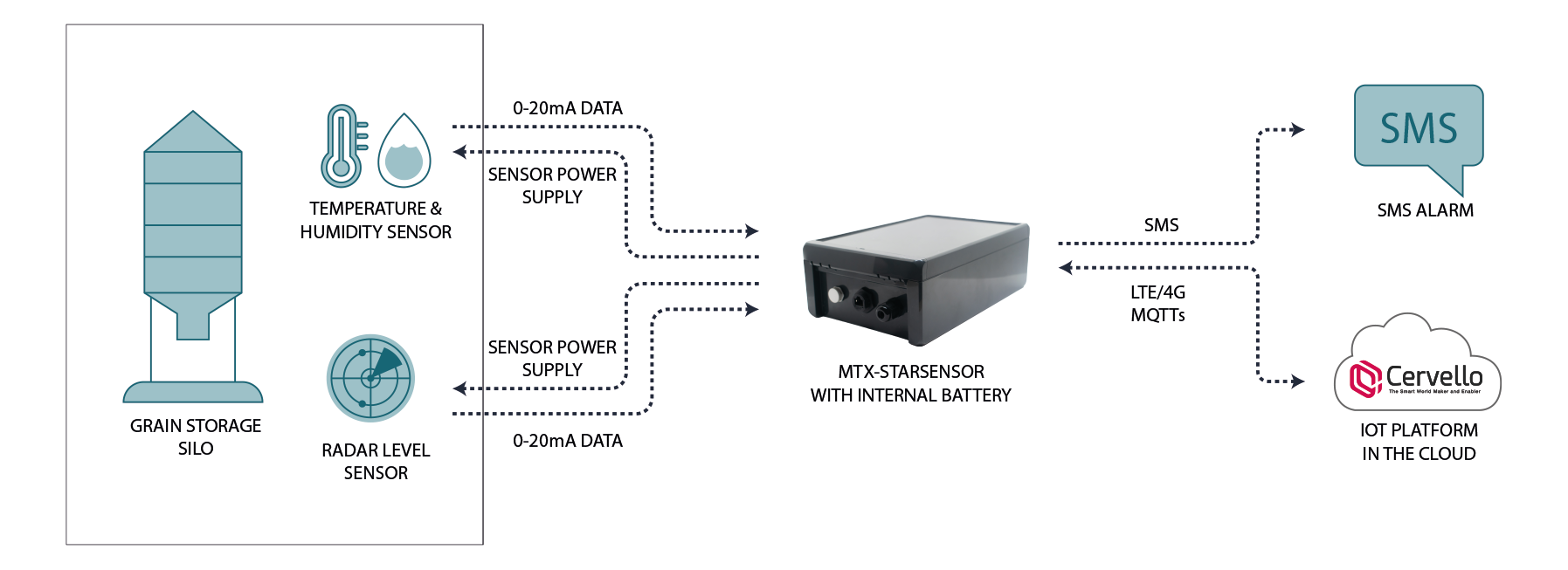Speed cameras and traffic management
When we talk about traffic management in large cities and the road network, it is essential to be able to have remote access to three basic elements: speed cameras, traffic cameras to monitoring the state of the roads and management of LED information panels in real time. To control all this, it is important to ensure that connectivity is not lost, ensuring maximum reliability and speed in data transmission that allow quickly and safely access to all the information from the cameras and speed cameras while controlling the messages displayed on the LED information panel.
Device: MTX-Router-EOS, compact industrial IoT router with LTE, dual SIM and 3x Ethernet
Platform: platform of the integrator
The traffic management application we are faced with has very clear requirements. Speed cameras have Ethernet connectivity. Also via Ethernet, the IP cameras are connected that allow monitoring the state of the roads in real time. On their part, the informational LED panels can have both Ethernet and serial port connectivity. In addition, the need for a reliable connectivity makes it essential that the selected connectivity device has dual SIM in order to have a second LTE/4G connectivity option in case of failure of the first. Because of this, we need a basic router that has at least three Ethernet ports, as well as an RS232 serial port and dual SIM with LTE/4G connectivity. In addition, the selected equipment must have a wide operating temperature range to be able to work both in cold environments and in the sun during summer.
Due to these requirements, the most recommended MTX equipment is the MTX-Router-EOS, an Entry Level router with basic features and an adjusted price, which provides all the requirements needed.
The MTX-Router-EOS has three Ethernet connectors, allowing the connection of up to three Ethernet devices, which can be any combination of speed cameras, IP cameras and information panels. Furthermore, if the information panel has an RS232 serial interface, it could also be connected that way, freeing up one of the Ethernet ports for another device. In short, infinite solutions in a single router with a reasonable price. In addition, thanks to its dual SIM it has a high tolerance to network failures because two SIM cards can be inserted so that in the event of a network failure, one of them automatically connects through the other to be able to send or receive the panel updates information. This is of special interest in a traffic management environment in which the installations are not always at locations with good coverage. Furthermore, the MTX-Router-EOS has an industrial temperature range that ranges from -35ºC to + 75ºC, allowing its correct operation in extreme weather situations.
Communication between the connected devices and the traffic management platform is carried out in a transparent manner, sending the data frames as they are generated, ensuring the integrity and quality of the information.
The MTX-Router-EOS is an entry-level industrial router with a reasonable price that offers industrial benefits and great reliability for IoT solutions that need a fast and secure transmission of information in a transparent way. It has a very compact design with a very resistant case and accessories to mount on a DIN rail. It has dual SIM, 3x Ethernet, VPN client and 3 antennas included (another for optional GPS).



